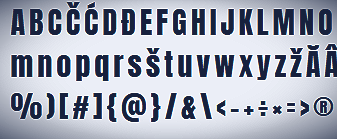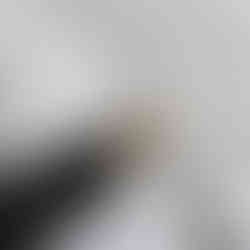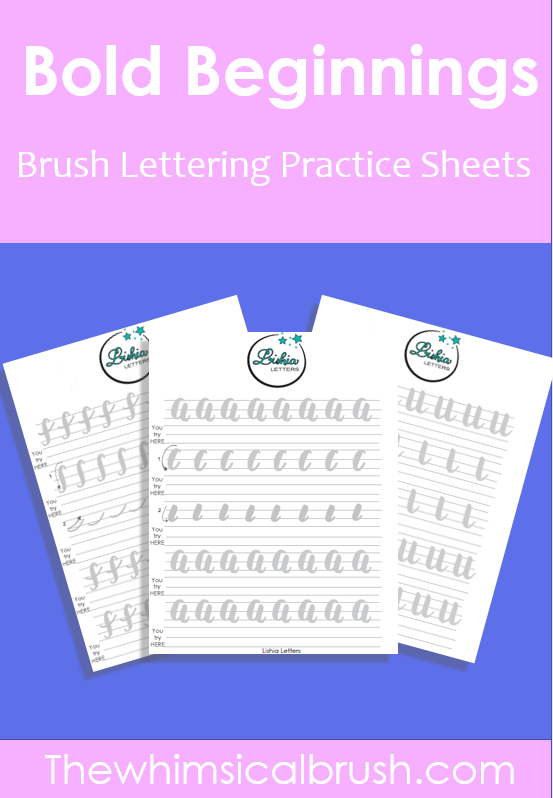Getting Smart With Calligraphy, Lettering and Typography.
- Lishia Letters

- Aug 19, 2019
- 2 min read
Updated: Oct 18, 2019
It’s 9:00 at night and you’re scrolling on your Instagram feed when you see it, beautiful hand-written word art.
You scroll down some more and you see another beautiful piece with hashtags that say things like #lettering, #calligraphy or #typography.
You've probably seen these terms before, on some feed. The big question is:
Do you know the difference between the three?
And the answer is... keep reading :)
Today we’re going to look into these popular words and look at their meaning so the next time you see them. You know what is what.
Typography
Typography is the creation of whole alphabets, or fonts by type designers. You can usually find examples of them in print and digital applications. Type designers focus on creating individual letters with various elements that work together cohesively to form a font family.
Letters in these font families can work together in various combinations. The fonts created are concept free. This means that fonts tell a story based on where and how they are used. (Think about fonts that used in ads for a beauty salon as opposed to fonts used for corporate ads).
The fonts get a certain tone depending on how they are used in combinations with images and other design elements. For typefaces to work harmoniously, they have to be uniformity and consistency. Both calligraphy and Lettering are sub categories of typography.
Calligraphy
Calligraphy literally means “the art of beautiful writing”. So how is this different from typography? Well the letter-forms that are created in calligraphy can exist on their own.
What that means is that, a calligrapher can create one letter and just worry about it’s design elements and not worry about fitting it in a whole alphabet. The letter-forms created in calligraphy are drawn either freehand or from a model. A notable part about calligraphy is the use of specific tools to create the letter-forms like nibs, dip pens, fountain pens, etc.
The writings created with calligraphy are made by the calligrapher using specific hand movements, this is what helps make each piece unique. Because handwriting is based on learning specific movements in a specific order, penmanship is an important aspect to calligraphy. (That’s not to say that if you have horrible handwriting you can’t learn calligraphy, just note that there are some shared elements between handwriting and calligraphy) Calligraphy is often associated with elegance and formality.
Lettering
Lettering is simply the drawing of letters. Really, it’s that simple. So, it’s you taking the basic form of letters and adding your own creative twist to it. The elements you add to your lettering, whether it be specific colors, shapes, textures, etc. can tell a different story.
Every letter is created from scratch and every word created is created with a specific message to deliver. Lettering is based on handwriting to a certain extent. But having bad handwriting does not doom you to not being able to learn lettering. (Again see the note I made in calligraphy)
Lettering can include elements from both typography and calligraphy, which can produce some AMAZING results. There are tons of sub categories of lettering like, bounce lettering, faux calligraphy, modern calligraphy, decorative lettering, etc. Various tools can be used to created lettering, brush pens, watercolors, coffee, pencils, etc. You’re only limited by your imagination.






















Comments